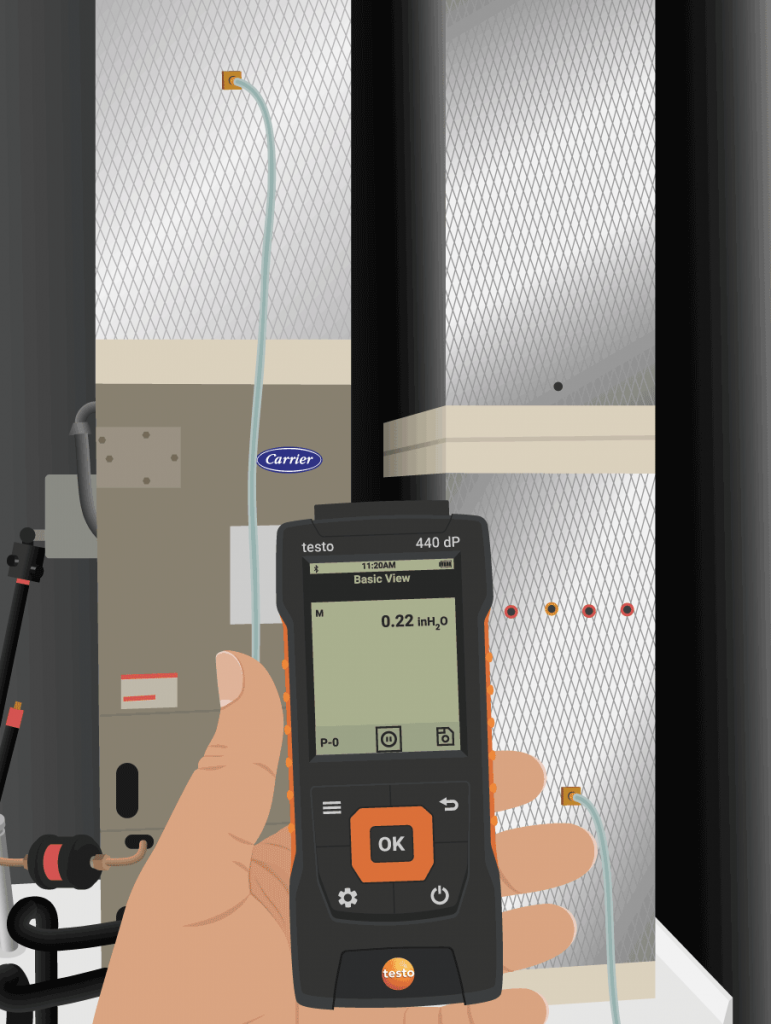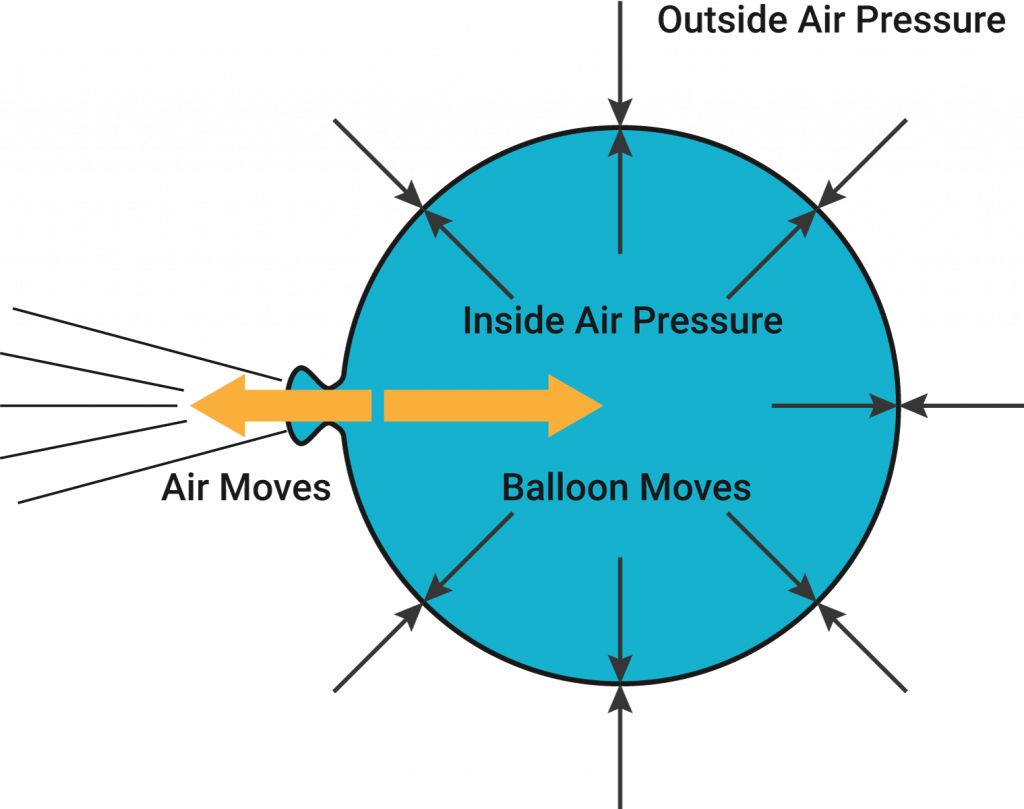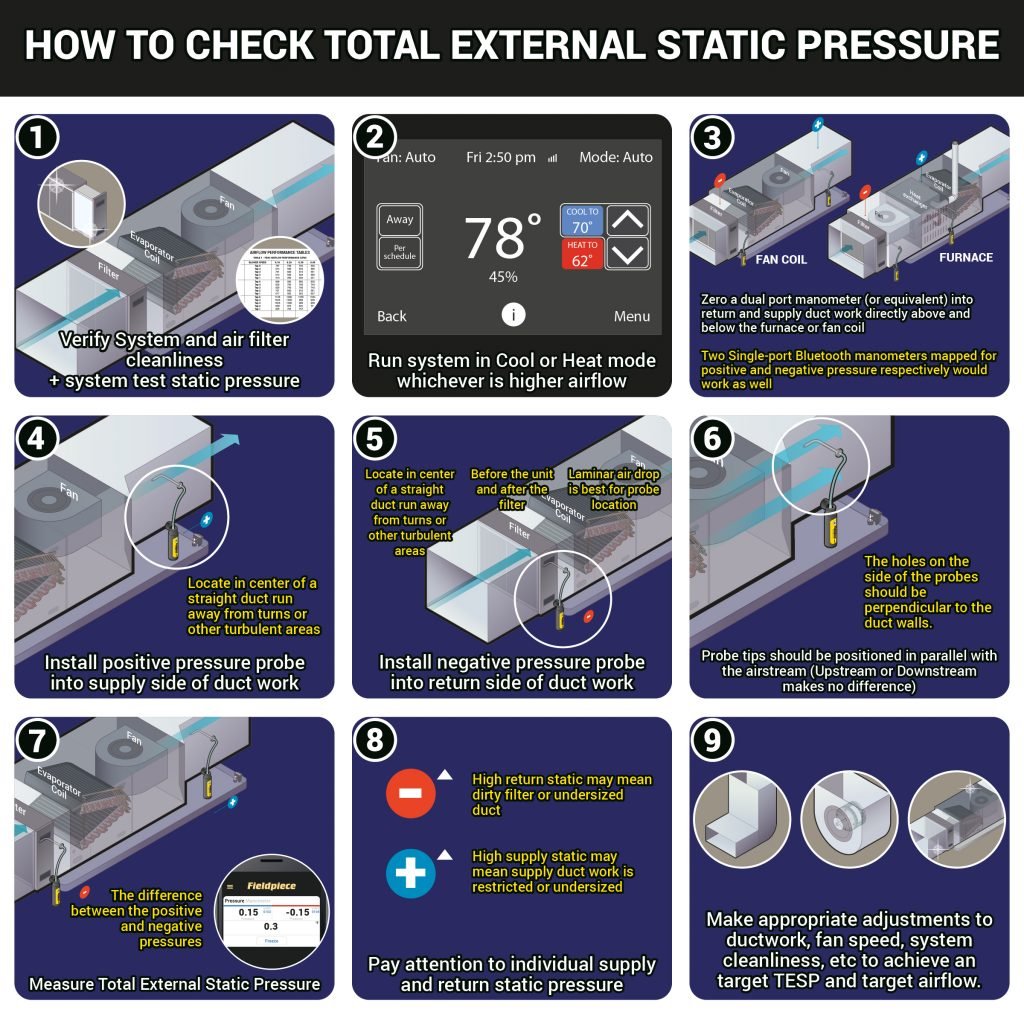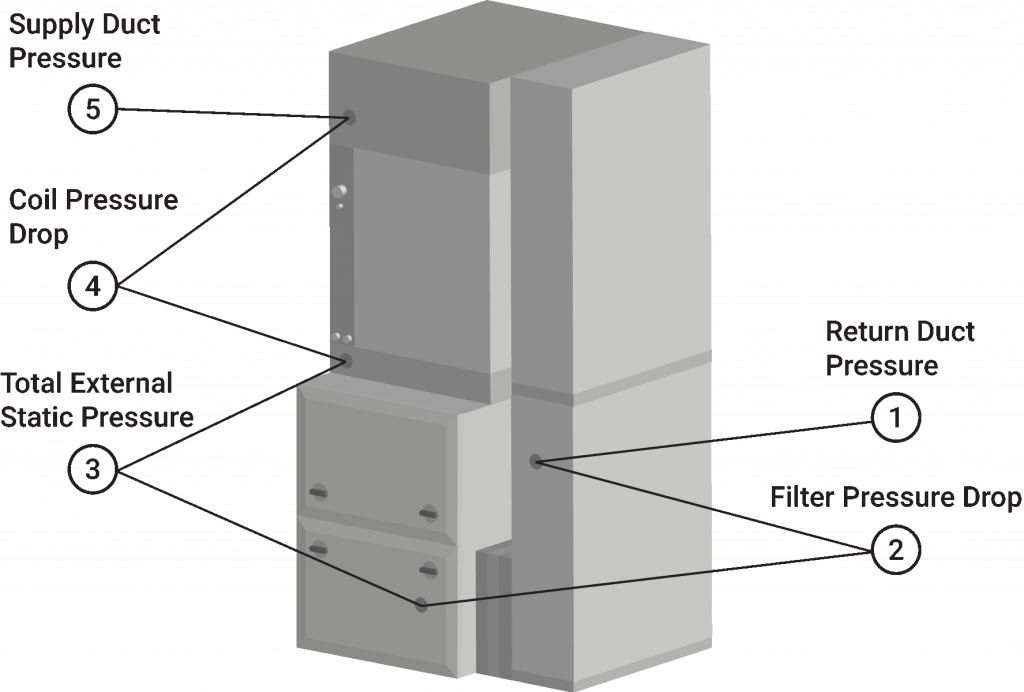Get Tech Tips
Subscribe to free tech tips.
Use Static Pressure Responsibly

The topic of static pressure comes up frequently in HVAC, and it’s sometimes presented as a test that can be all-knowing and insightful about what is happening with regard to airflow in a system. To use static pressure responsibly, we need to understand what it really is and what it means for an HVAC system.
In reality, static pressure diagnostics, like all diagnostic methods, have limitations that can be overlooked if we don’t fully understand what the results are telling us.

What is static pressure REALLY measuring?
When static pressure is measured in a duct system (using a properly placed probe), it shows us resistance to airflow at the measurement location in the duct system. The measured resistance is based on the volume of air flowing through the duct at that moment. If the airflow volume changes, the measured static pressure also changes. The amount of change in measured static pressure that would happen when airflow volume is changed can be calculated by using Fan Law 2.
In a way, static pressure is like measuring relative humidity (RH) without referencing a dry-bulb temperature. The RH value tells us how full the air is with water vapor, but without a corresponding dry-bulb temperature, we have no idea the total amount of water the air is capable of holding. Static pressure works in the same way; the pressure tells us the resistance the blower is pushing against. However, without a volume measurement, we don’t have a reference to know if the airflow is enough for the equipment in the system. So, in order to get a complete picture, we need to reference the measured static pressure value to an airflow volume measurement.

An imperfect analogy
To make it easy for customers to comprehend, the HVAC industry has often compared static pressure to human blood pressure. While that is not necessarily a bad comparison, it does not show the entire picture of a system.
The medical community has figured out that there are variances in “normal” blood pressure between individual humans, and the same is true of individual HVAC systems. So, whenever we first test static pressure on a system, we also need to measure airflow volume through the equipment in parallel to obtain a baseline on the system and truly understand the results of future tests.
Since static pressure is a measure of resistance to the volume of airflow when tested, it stands to reason that we should know what the volume of airflow is before making any decisions or recommendations to a customer.

Common uses for static pressure
One very common use of static pressure is a test to see if the air side of a system is performing as designed.
After getting results, an often-made assumption is that if static pressure is above the maximum ESP (external static pressure) of the equipment, the airflow is automatically low. While that is not an uncommon scenario, it is not always accurate.
Depending on the blower performance or the needs of the equipment, the static pressure may be elevated while the equipment airflow volume is at the desired level. If this is the case, the elevated static pressure can cause high electrical usage and decrease blower motor life, but it’s not degrading the equipment performance. Understanding the difference can be a key to accurately communicating issues to a customer.
Does all this mean we shouldn't check static pressure if we don’t know the airflow volume? No. Static pressure is still a worthwhile measurement to get, but we need to keep in mind the limitations of what it can tell us.

My recommended uses for static pressure
Here are two places I have found static pressure testing very useful:
On existing systems, I like to obtain the external static pressure of a system while the fan is running at the highest blower speed. Then, I use that value along with the maximum equipment static pressure value to start a conversation with the customer about how their system is performing and any adjustments that might need to be made. Only after approval from the customer do I make further tests like airflow volume and diagnosing the source of high static pressure. In this scenario, static pressure is like getting your blood pressure checked and finding out it is high, then the doctor talks to you, and more testing is run to figure out the exact cause.
On new equipment, or when retro-commissioning a system, I will measure the airflow and static pressure. Then, I leave a permanent record (like in the example below) attached to the system of those readings near test points for external static pressure.

Keep the static under control, folks…
–Eric Kaiser
P.S. – Here is Eric's 2021 HVACR Training Symposium presentation about static pressure: https://hvacrschool.com/videos/how-to-use-static-pressure-to-measure-and-set-air-flow/











Comments
To leave a comment, you need to log in.
Log In